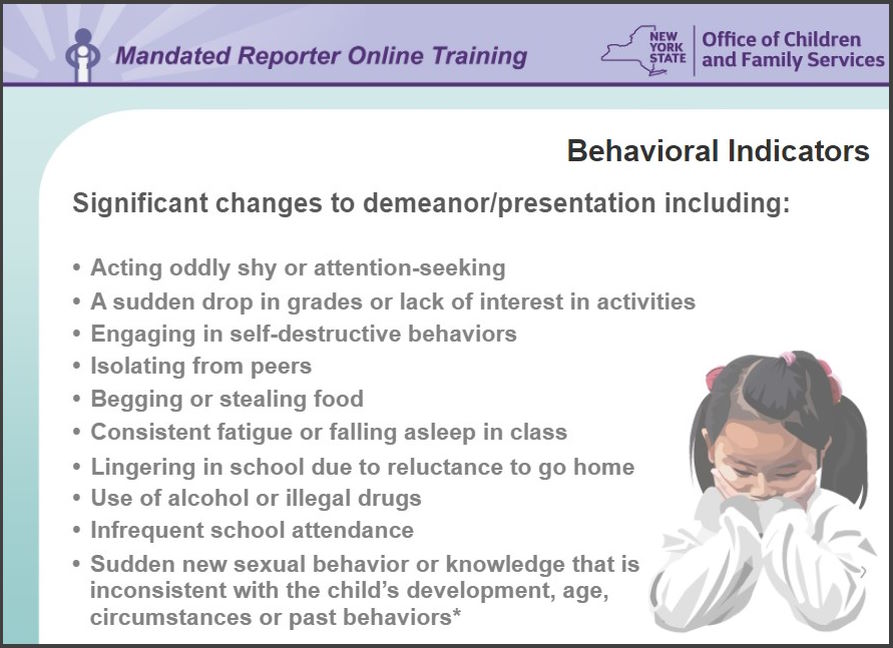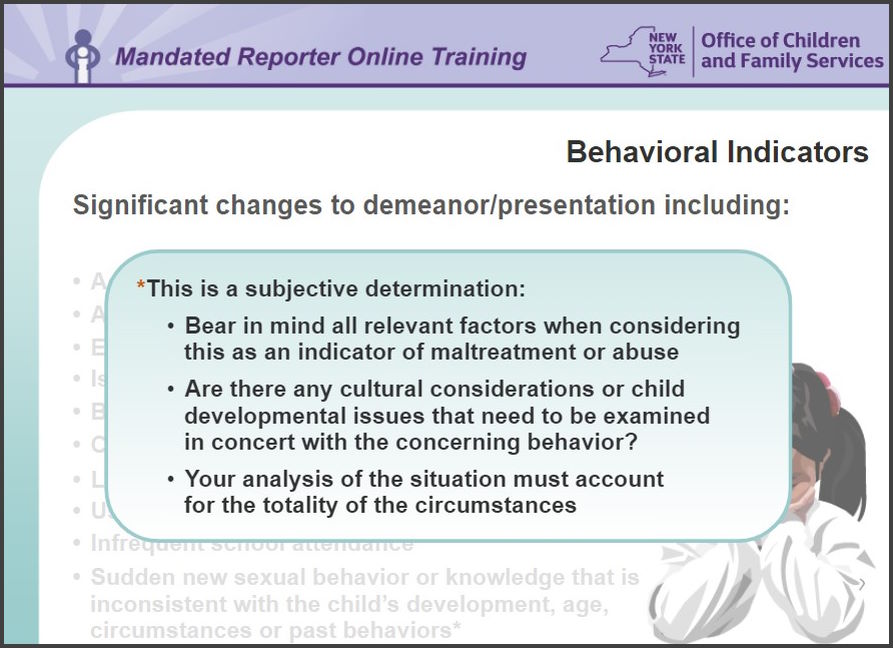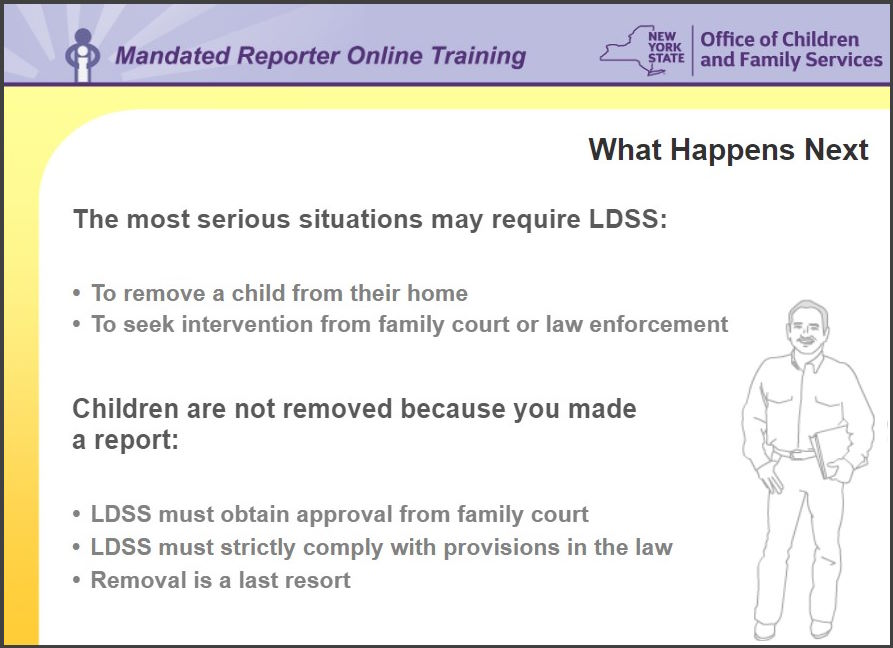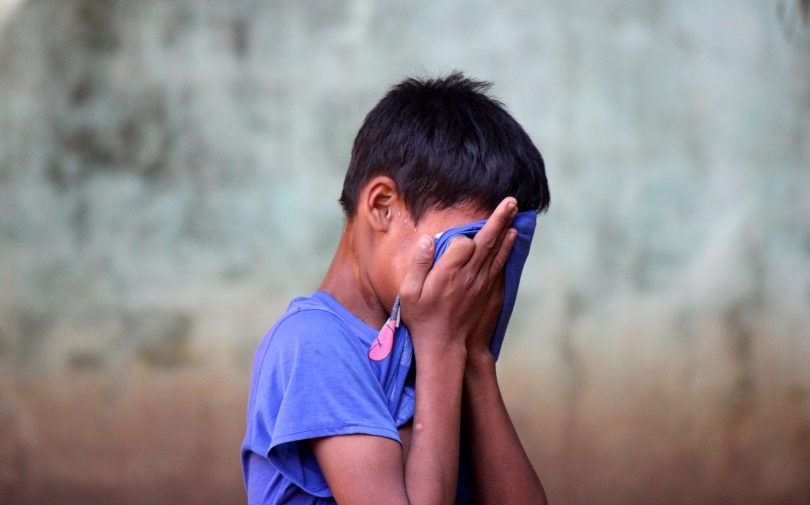Editor’s note
Soon WitnessLA will publish the first chapter of our new and important series on the pressing need to reimagine LA County’s Department of Child and Family Services (DCFS), the largest regional child welfare system in the nation. But while we get ready for the launch of this critically important series, we thought you would enjoy reading the essay below by our friend, Richard Wexler, who is the executive director of the National Coalition for Child Protection Reform, and one of the wisest voices in the topic of child welfare, period.
So read on.
****
Long ago, when I was a reporter in Albany, New York, I was approached by a colleague who covered health. He was about to cover a training session for health professionals required to report any suspicion of child abuse and neglect under New York’s “mandatory reporting” law. Knowing I’d just written a book on the failures of the “child welfare” system, he asked for suggestions for questions to ask the trainers. I suggested he ask whether, in addition to telling medical professionals what to report, they also taught them what not to report.
When he returned, he said he did indeed ask, but “they didn’t understand the question.” The idea of actually explaining to a mandated reporter when not to report was incomprehensible to the trainers. By and large, across the country, that’s still true. But in New York, at long last, they’re learning.
I just took New York’s new online mandated reporter training course. It is significantly less awful than anything I’ve seen before. It actually does attempt to teach when to report and when not to report. But it still has serious flaws — at one point the course grossly misleads mandatory reporters about what can happen after they report. And the very existence of an “improved” training course has the potential to backfire. Indeed the whole exercise only further illustrates that the only solution to the failure of mandatory child abuse reporting is to abolish it.
What is new in New York’s approach can best be seen by comparing the New York course to the one I took for mandated reporters in Pennsylvania and wrote about for Youth Today in 2021.
That Pennsylvania course isn’t really training; it’s an exercise in propaganda and paranoia designed to encourage you to report based on little more than “feelings” or “gut instinct” any one of a vast number of vague “signs” or “risk factors.” It exaggerates the expertise of those who will handle the report and repeatedly implies that while terrible harm can come from failing to report, nothing will go wrong if you report an innocent family by mistake. In the Pennsylvania course, when a quiz asks: “Should you report?” the answer always is yes.
How New York is Different
The messaging from New York is different. For starters they adapted — or rather, co-opted — a line from Joyce McMillan, founder of JMAC For Families. McMillan says: “Turn mandatory reporters into mandatory supporters.” That requires abolishing mandatory reporting. The New York training course says: “You don’t have to report a family to support a family.” In fact, the course repeats that mantra so often McMillan should get royalties.
Similarly, there is repeated emphasis on the idea that poverty, specifically lack of food, clothing or shelter, is not in itself neglect. Instead, there are repeated admonitions to offer families help and links to where one may be able to find resources to help families with concrete needs.
The New York training also is more nuanced than anything most mandated reporters are likely to hear elsewhere. For example, a social worker at Children’s Hospital of Philadelphia reported Philadelphia City Council Member David Oh after his son was injured as Oh taught him judo. The worker reportedly told Oh she typically reports all sports injuries. The Pennsylvania training course offers no guidance on such situations. But the new New York training tells mandated reporters that “older children are frequently injured as a normal result of play or sports.”
The New York training offers a series of hypothetical cases and asks if they should be reported. But unlike Pennsylvania, in four of the eight cases, including some that may not seem to be easy, New York’s answer is no.
The New York training is surprisingly blunt about racism. Not only does the training repeatedly highlight racial disproportionality in the system; it acknowledges that racial bias is part of the reason for such disproportionality, something much of the child welfare establishment continues to deny. Mandated reporters are told this disproportionality, caused in part by bias, “has long-lasting and devastating impacts on families and communities.” Instead of telling reporters to trust their “feelings” as they do in Pennsylvania, the New York training tells reporters to “be intentional about making decisions based on objective facts” and “only call the [hotline] when you have a legal obligation to do so.”
But the NY training still has serious flaws
• The training puts a heavy emphasis on the harm of “adverse childhood experiences,” or ACEs, including abuse and neglect as well as poverty and racism. While it is entirely reasonable to consider the effects of ACEs on children, the science has been misused to expand the child welfare surveillance state, particularly in California.
While the New York training does not go nearly as far as what’s happening in California, the training still leaves the impression that if a child has enough ACEs and those ACEs have had an impact on the child, that’s cause to report. It is not — particularly since separation from a parent is one of the most adverse childhood experiences of all. But the training says only that such separation harms parents, without acknowledging the even greater harm to children.
• New York neglect law is unusual in that it states that parents are guilty of neglect only if they fail to provide a minimum degree of care. This is, of course, routinely ignored by caseworkers and courts. Unfortunately, though “minimum degree of care” is mentioned often, some of the discussion suggests anything short of a maximum degree of care isn’t good enough. For example, the training states that “Adequate shelter does not mean the home has to be spotlessly clean or have numerous amenities.” (So if it’s clean but not spotlessly clean and has only a few amenities, that’s a problem?)
This section goes on: “However, the child’s residence does need to be structurally sound and need to pass a code inspection.” But reporting a family because the housing can’t pass a code inspection (as opposed to getting them housing assistance) often can be a perfect example of confusing poverty with neglect.
• There is no acknowledgment that lack of supervision also can be a function of poverty. It’s implied that if a child is left unsupervised at too young an age that’s cause to report no matter what. There is no consideration of the possibility that the parent may have left a child alone to keep her job and can’t afford childcare — so the appropriate call would be to an agency that helps provide childcare.
• Particularly disturbing is a section that purports to teach how to identify warning signs of child abuse even when the child is seen only virtually in a box on a computer screen. Mandated reporters are told to “note if a child’s demeanor or behavior is different when someone else enters the room.” How many children do you know whose demeanor online remains unchanged when their parents walk in?
• At times it appears that the training contradicts itself. It includes a long list of behavioral “warning signs” depressingly similar to the list in Pennsylvania, but with a more explicit warning that these signs may not really mean a child is abused or neglected.


• Similarly, it’s encouraging and, by the standards of mandatory reporter training, revolutionary, that in four of eight hypothetical scenarios the answer to the question “Should you report” is no. But two of the scenarios where the answer is yes are illustrations of why we need to abolish mandatory reporting. Both are situations involving substance use. Both are situations where there might be cause to report — and might not. So both are situations where professionals should be free to exercise their professional judgment. The New York training demands that reporters abandon that judgment and call the hotline. This can only continue to discourage parents from seeking drug treatment or medical care.
• Worst of all is a section at the very end in which the training lies to mandated reporters. Notwithstanding all the previous warnings about bias, this section seeks to falsely reassure mandated reporters concerning what will happen if they call.
The training falsely claims that actually tearing the child away from her or his parents is “only sought as a last resort.” But that would mean that caseworkers are immune from the very biases the training admits drive needless hotline calls and investigations. And then there’s the grossly misleading statement that caseworkers must get approval from a court before they take away a child. The training fails to mention that the approval can come after-the-fact.

Why it could all backfire
New York City’s Administration for Children’s Services, what I and others call the family police agency, admits that roughly half of all removals are done without seeking such approval first. After investigating the family, the worker walks right out the door with the child.
And in 20 to 25% of those cases, when they do get to court after the fact the court sends the child right back home. So much for “last resort.”
You can talk about racial disparities all you want, and even admit the role of racism in causing those disparities, but it won’t matter if you don’t level with mandatory reporters about just how much harm a needless call to the hotline can do. Mandated reporters need to know the extent to which not only child removal but the investigation itself, with its sometimes attendant middle-of-the-night pounding on the door, interrogations of children about the most intimate aspects of their lives and strip-searching of the children is an adverse childhood experience.
Whenever confronted by a challenge to its vast power, the family policing establishment responds by assuring us that any problems can be solved with “more training.” But training is no substitute for due process.
The New York mandatory reporter training runs the risk of encouraging this cop-out. It may make it easier for lawmakers to say: Now that we’ve adopted this new, improved training, we’ve solved the problem!
But even the best possible training — and this New York curriculum is not it — can’t change the fact that mandatory reporting backfires, overloading workers with false reports and poverty cases and driving families away from seeking help for fear of being turned in. The New York training still encourages too many such calls.
And even if it didn’t; even if the training were better, it still wouldn’t stop mandated reporters from making “CYA referrals” — because, as the New York training itself emphasizes, there can be severe penalties for failure to report, but no penalty for a false report made in good faith — and good faith is presumed.
Making children safer requires abolishing mandatory reporting. And yes, it also requires training for professionals even when reporting is voluntary. Even without formal training from states, mandatory reporters constantly have it drilled into their heads that they should report their slightest suspicions and “gut feelings.” Mandatory reporting has become something like a cult.
So maybe training is the wrong word. Maybe what mandatory reporters really need is deprogramming.
****
Richard Wexler is the executive director of the National Coalition for Child Protection Reform.
Photo at top by Lucas Metz on Unsplash
This essay was first published by our friends at Youth Today


Applauding Conti for delivering consistently high-quality films and services.